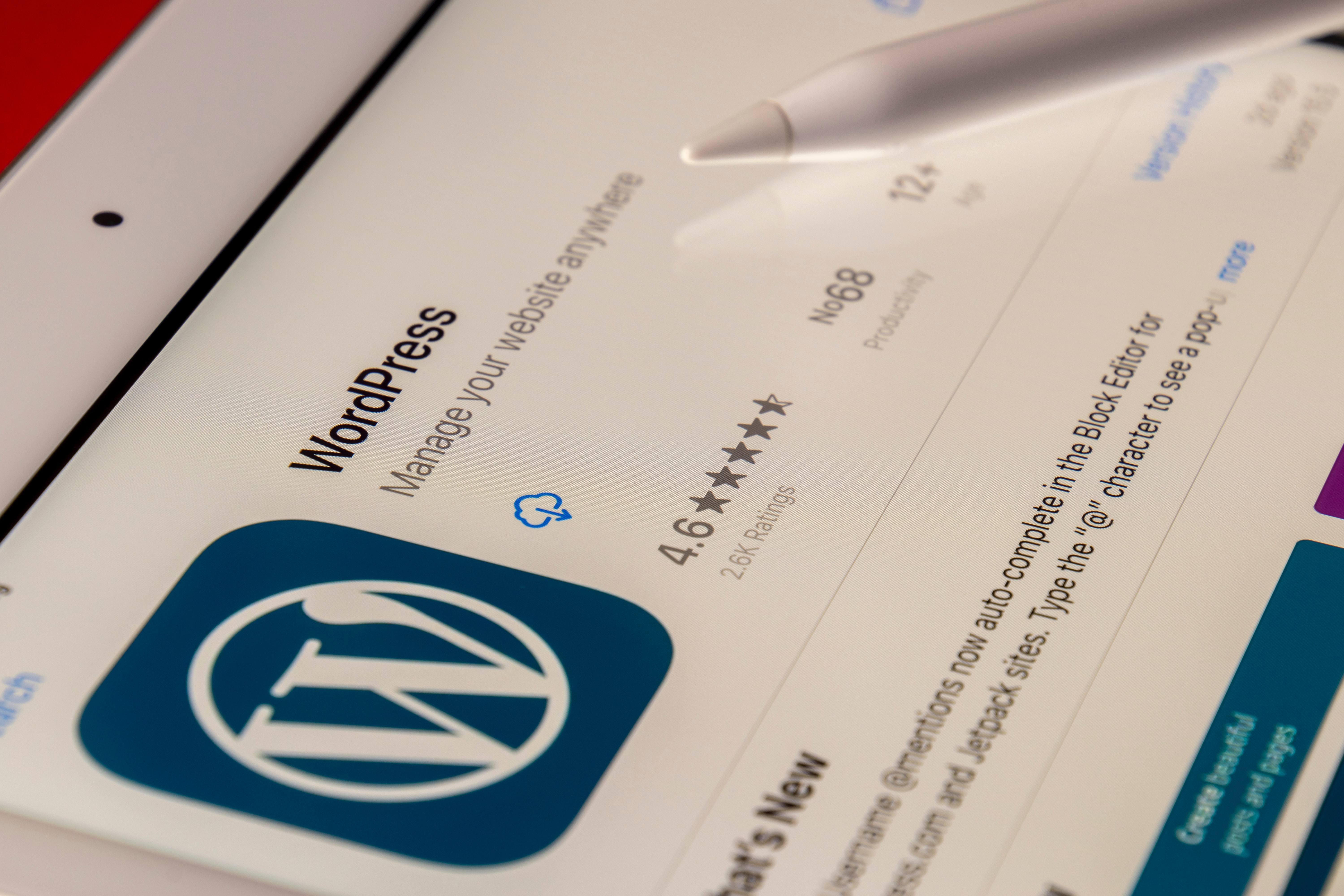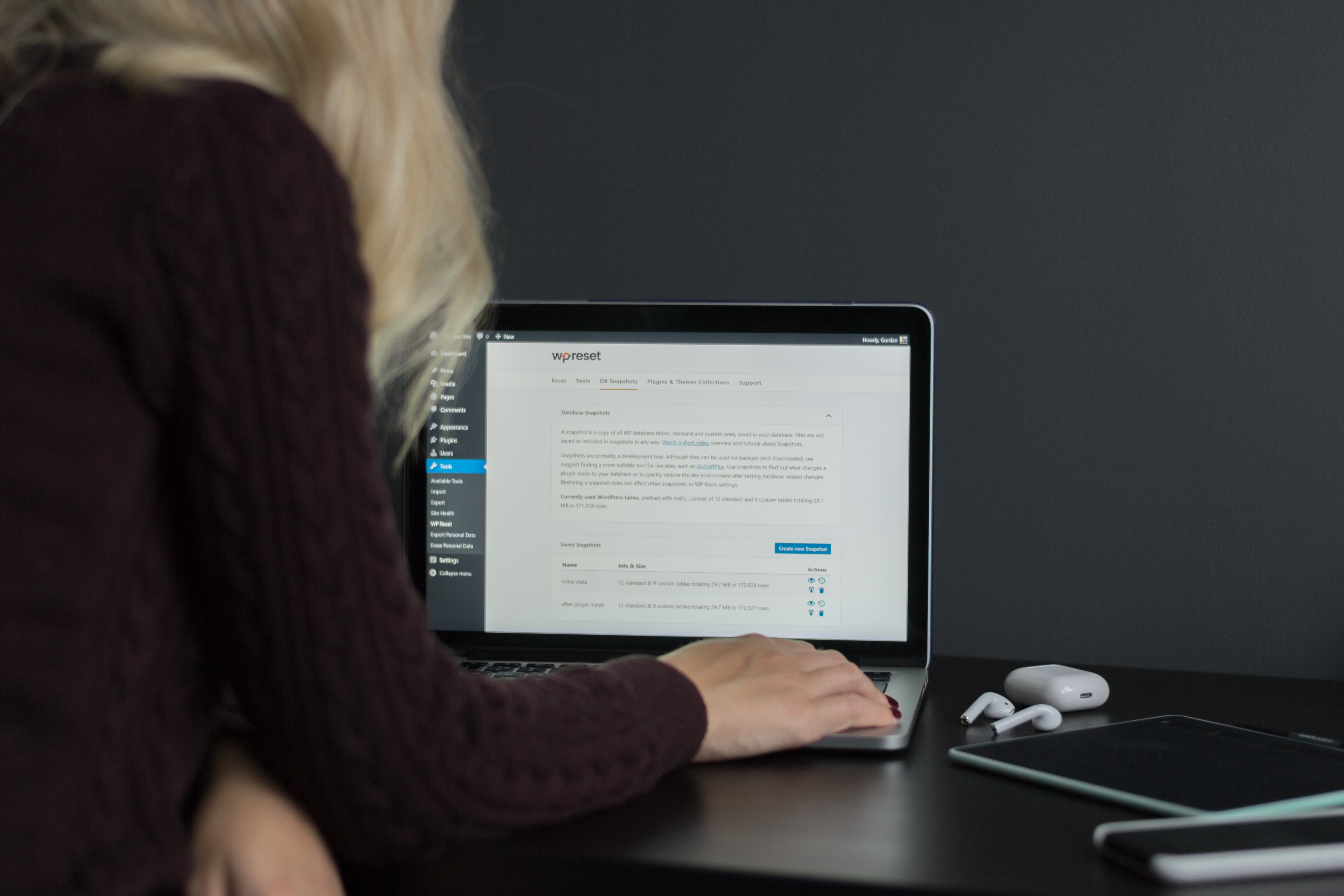
In today’s world, websites have become vital and indispensable for businesses. With the ever-increasing digital trend and widespread internet usage, websites are gaining immense popularity these days. As a result, ensuring the security of websites and safeguarding data has become even more critical.
Based on data from W3Techs, WordPress powers 63.2 per cent of known websites that utilise a content management system, accounting for 43.1 per cent of all websites.
Many renowned commercial businesses and news portals in Nepal have embraced the WordPress content management system (CMS). Additionally, even notable organisations like the Nepal Chamber of Commerce are utilising WordPress CMS.
This widespread adoption showcases the reliance of numerous Nepali businesses on WordPress as their preferred website software, solidifying its status as a major recommendation for enhancing website security.
Securing your WordPress website is crucial to protect it from potential vulnerabilities and unauthorised access. Below are some essential security measures:
1. Keep WordPress updated: Ensure that you are running the latest version of WordPress, as updates often include security patches. A simple method to determine which version of WordPress your website uses, you simply have to log in to it and you can find the information there.
2. Use strong admin credentials: Create a unique username and a strong password for your WordPress admin account. Avoid using common usernames like —admin or admin12345— and use a combination of uppercase and lowercase letters, numbers, and special characters in your password.
3. Limit login attempts: Use a plugin like “Limit Login Attempts” to restrict the number of login attempts from a specific IP address. This prevents brute-force attacks. The popular security plugin “Wordfence” allows WordPress users to enable two-factor authentication for enhanced security.
4. Enable two-factor authentication (2FA): Implement a 2FA plugin to add an extra layer of security. This requires users to provide a second authentication factor, such as a unique code generated on their smartphone, in addition to their username and password. The best and most reliable option is the Google Authenticator app and Wordfence plugins, which are free to use and trustable.
5. Use secure hosting: Choose a reliable and reputable hosting provider that emphasises security measures and provides regular backups, server-level security, and firewall protection. Choosing a secure hosting provider is crucial to safeguard your website and data.

Here are some key factors to consider when selecting a secure hosting service:
•Reputation and reliability: Research the hosting provider’s reputation by reading reviews and checking their track record. Look for a company with a proven history of reliability and strong security measures.
•Security features: Ensure that the hosting provider offers robust security features such as firewalls, malware scanning, intrusion detection systems, and DDoS protection. These features are essential for safeguarding your website against common cyber threats.
•SSL/TLS certificates: Check if the hosting provider offers free or affordable SSL/TLS certificates. SSL/TLS encryption ensures that data transferred between your website and visitors is secure. It is especially important if you handle sensitive information like login credentials or payment details.
•Regular backups: Verify if the hosting provider performs regular backups of your website’s data. In case of any security incident or data loss, having up-to-date backups can help you restore your website quickly.
•Security updates and patching: Ensure that the hosting provider regularly updates their software and applies security patches promptly. Outdated software versions are more vulnerable to attacks, so it’s crucial to have an active approach to security updates.
•Customer support: Check the quality and availability of customer support. Prompt assistance from knowledgeable support staff can be invaluable during security incidents or if you have any concerns.
•Server location and data centres: Consider the hosting provider’s server location and the security measures in place at their data centres. Choose a provider that has secure facilities and adheres to industry standards.

6. Use HTTPS/SSL: Encrypt your website’s data by installing an SSL certificate and enabling HTTPS. This protects user data during transmission, secures login credentials, and improves your site’s trustworthiness.
7. Use security plugins: Install security plugins like Wordfence or Sucuri Security to scan your website for vulnerabilities, monitor file changes, and block suspicious activities.
8. Limit plugin and theme usage: Only install trusted plugins and themes from reputable sources. Delete any unused or outdated plugins and themes, as they may have security vulnerabilities.
9. Regularly update plugins, themes, and WordPress: Keep your plugins, themes, and WordPress core up to date.
10. Secure file permissions: Set appropriate file permissions to restrict unauthorised access. Most files should have a permission setting of 644, while directories should be set to 755. Use an FTP client or a file manager provided by your hosting provider to modify file permissions.
11. Use a Web Application Firewall (WAF): A WAF helps filter and block malicious traffic before it reaches your website. Some security plugins include a WAF, or you can use a separate WAF service like Cloudflare.
12. Implement security hardening: Add additional security measures by using security hardening techniques such as disabling file editing in WordPress, disabling directory browsing, and protecting the wp-config.php file.
13. Regular backups: Perform regular backups of your website files and database. In case of any security incident, you can restore your website to its previous state.
14. Monitor website activity: Keep an eye on your website’s activity logs for any suspicious behaviour. Plugins like Sucuri Security and Wordfence provide detailed logs of login attempts, file changes, and more.
15. Educate users: Train your website users, especially administrators and editors, on good security practices, such as using strong passwords, avoiding suspicious links, and practising caution when installing plugins and themes.



















